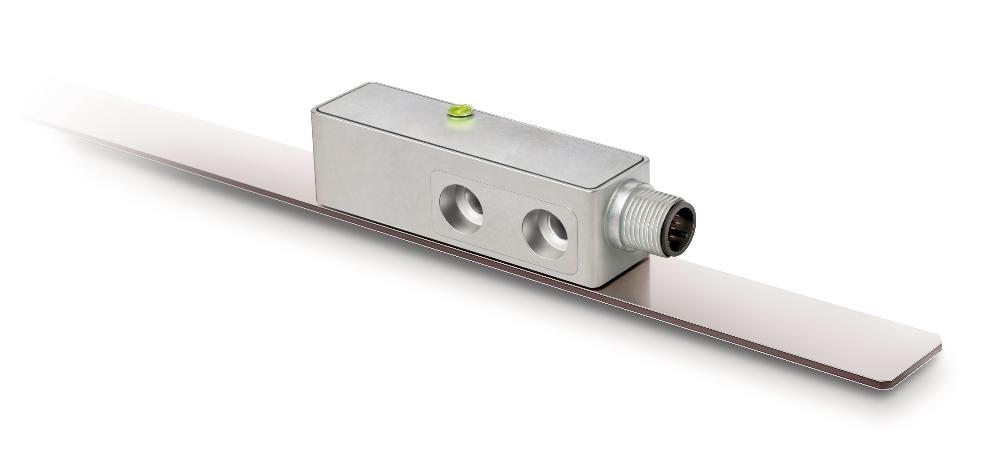Magnetic Sensor Market Growth Challenges Slowing Adoption in Automotive and Industrial Automation Segments

The magnetic sensor market has witnessed notable growth over the past decade, propelled by the rising demand across automotive, consumer electronics, industrial automation, and medical sectors. These sensors, which detect changes and disturbances in magnetic fields, are integral components in a wide array of applications such as position sensing, speed detection, and navigation systems. Despite this surge in adoption and technological advancement, the market faces several pressing challenges that could potentially hamper its continued expansion.
1. Technological Complexity and High Cost of Precision Sensors
One of the most significant hurdles in the magnetic sensor market is the technological complexity associated with high-performance and precision sensors. Developing sensors that deliver high sensitivity, accuracy, and long-term stability often requires advanced materials and sophisticated fabrication techniques. This pushes the cost of production upward, making it difficult for small and medium-sized enterprises (SMEs) to adopt or manufacture these components competitively. Additionally, as industries demand more miniaturized and multi-functional sensors, research and development costs continue to climb.
2. Intense Competition and Market Saturation
While the market has a robust growth trajectory, it's also characterized by fierce competition among established players like Honeywell, Infineon Technologies, and Allegro Microsystems, as well as emerging startups. This competitive pressure has led to price wars and thinner profit margins, especially for low-end sensors. Furthermore, certain segments, such as Hall-effect sensors, are nearing saturation, limiting opportunities for differentiation. To survive, companies must innovate rapidly and differentiate their offerings, which again loops back to increased investment in R&D.
3. Supply Chain Disruptions and Raw Material Scarcity
Global supply chain disruptions, like those witnessed during the COVID-19 pandemic and ongoing geopolitical tensions, have severely impacted the availability of essential raw materials such as rare earth magnets and semiconductors. Magnetic sensors often rely on neodymium and other rare elements, which are predominantly mined in limited regions like China. Any trade restrictions or political instability can create bottlenecks in the supply chain, leading to production delays and increased costs.
4. Integration and Compatibility Issues
Another key challenge lies in integrating magnetic sensors with emerging technologies like AI, IoT, and Industry 4.0 solutions. Many legacy systems in industrial settings are not compatible with modern sensor technologies, requiring expensive upgrades or full system replacements. Additionally, ensuring sensor interoperability with software platforms and data analytics tools remains a significant challenge for manufacturers aiming to deliver smart sensor solutions.
5. Environmental Sensitivity and Reliability Concerns
Magnetic sensors can be sensitive to environmental conditions such as extreme temperatures, electromagnetic interference (EMI), and mechanical stress. In automotive and aerospace applications, where reliability is critical, these environmental factors can hinder performance and raise safety concerns. Thus, manufacturers must invest in robust sensor designs and protective packaging, which adds to the cost and complexity.
6. Regulatory and Compliance Barriers
The global magnetic sensor market is subject to various regulatory standards and environmental compliance laws, such as RoHS (Restriction of Hazardous Substances) and REACH (Registration, Evaluation, Authorization, and Restriction of Chemicals). Adhering to these standards requires continuous monitoring and adaptation of manufacturing processes, which adds operational burdens, especially for companies expanding into new geographic markets with varying regulations.
7. Lack of Skilled Workforce and R&D Talent
As the industry becomes more advanced, there is a growing need for engineers and specialists with expertise in magnetics, semiconductor fabrication, sensor fusion algorithms, and data processing. However, there is a noticeable shortage of skilled labor in these areas. The talent gap could slow down innovation and make it harder for companies to develop cutting-edge solutions.
Looking Ahead
While the magnetic sensor market continues to demonstrate strong potential, these challenges highlight the need for strategic foresight, investment in innovation, and collaboration across the supply chain. Companies that can balance cost-effectiveness, technological advancement, and regulatory compliance will be best positioned to thrive in this competitive and evolving landscape.
- Art
- Causes
- Crafts
- Dance
- Drinks
- Film
- Fitness
- Food
- Spellen
- Gardening
- Health
- Home
- Literature
- Music
- Networking
- Other
- Party
- Religion
- Shopping
- Sports
- Theater
- Wellness


